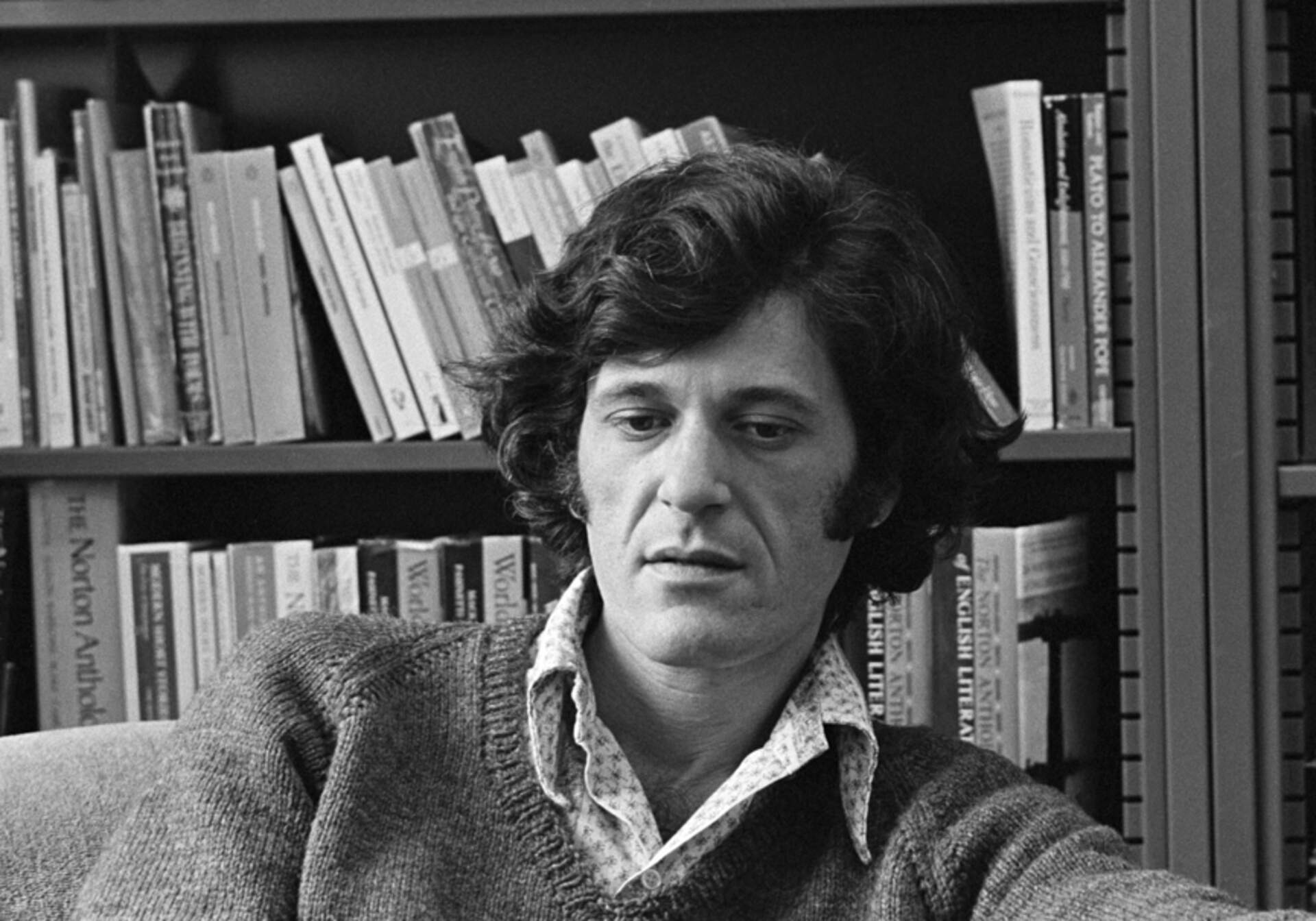
Bruce Jackson Being There: Leonard Michaels
Sunday, Jun 2, 2013
Throughout the run of Being There: Bruce Jackson Photographs 1962-2010, the artist is sharing some of the stories behind his photographs.Being There is on view until June 16, 2013. The catalog accompanying the exhibition is available at The Museum Store at the Burchfield Penney.
Lenny Michael and I were good friends when I was out in the Bay area on a Guggenheim 1971-72. The critic Stanley Fish had taught summer school at UB the previous year and arranged an office for me at Berkeley. Lenny was in the adjacent office and we started hanging out fairly soon after I got there. One time he told me about how he and his first wife had separated, then had gotten together, and how she shortly thereafter killed herself. "Why would she do that?" he said. "Why would she kill herself after we got back together rather than when we were separate?" I said I had no idea. Then I said I did have an idea: "That way, you couldn't ever leave her." "I never thought of that," Lenny said.
One time he was at the house where I was then living in Kensington Gardens, which is adjacent to the Berkeley hills on the ridge overlooking Wildcat Canyon on one side and the whole Bay area on the other. He was backing out of the driveway and asked me to stand by his car. "Make sure I don't hit that wall," he said. "There isn't any wall there, Lenny," I said. "That doesn't mean I won't hit it," he said. He written about Kafka, so I stood there and made sure he didn't hit the wall that wasn't there.
Lenny made his reputation as a writer of fiction with his 1969 short story collection, Going Places. His novel, The Men's Club (1981) was made into a movie. His novel Sylvia (1992) was about his first marriage. My favorite title of all his books is I Would Have Saved Them if I Could (1975), a collection of short stories. Time and again, when some friend of mine gets into a switch and I can't think of a damned thing to do to help, that title comes to mind. I Would Have Saved Them if I Could. Sometimes you just can't.
-Bruce Jackson